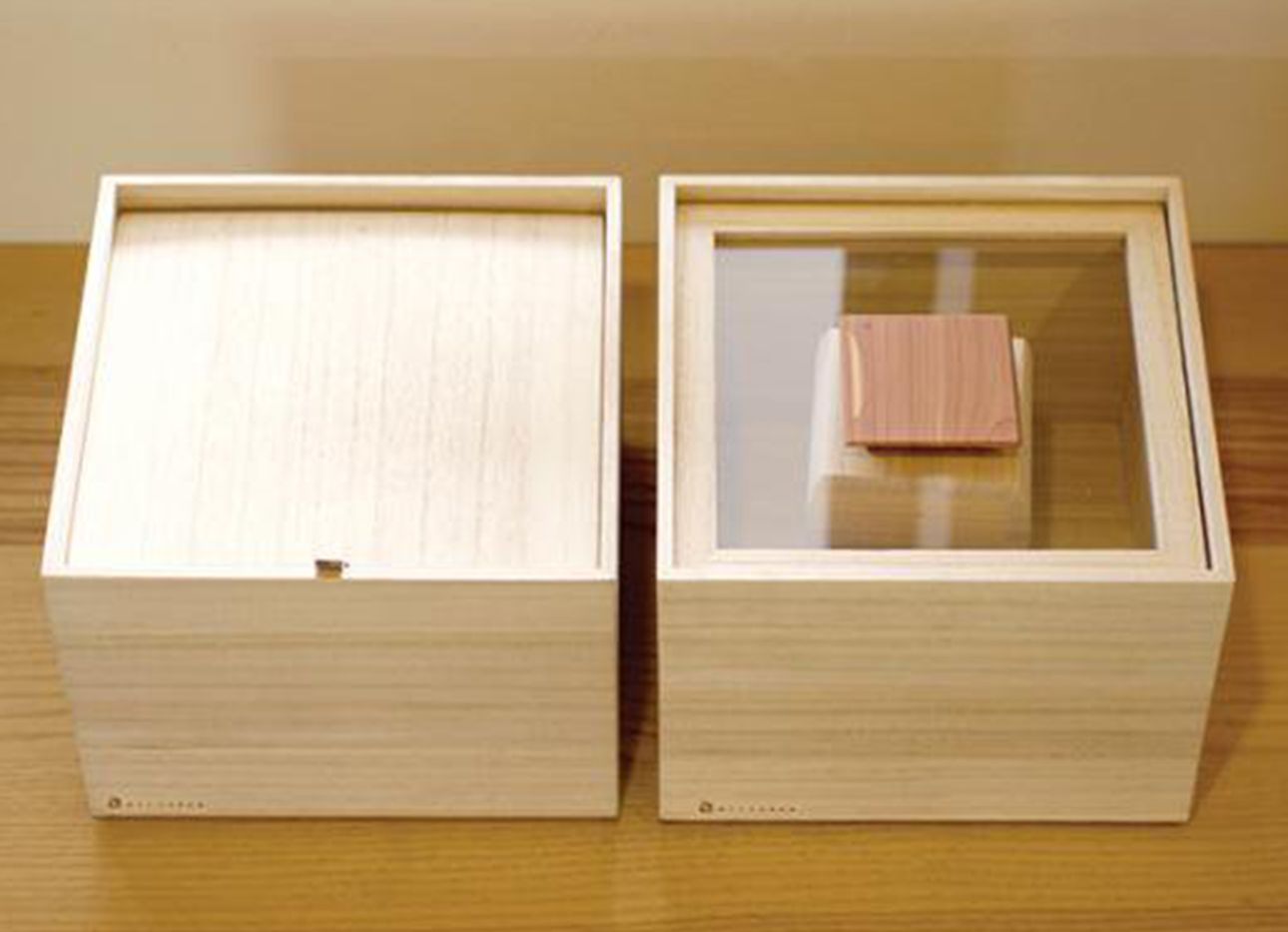
These Wood Boxes Hold Centuries of Japanese Culture and Craftsmanship
Wood boxes are something of a national treasure in Japan, where Buddhist monks began tucking stoles, prayer beads, and other ritual implements into them more than 1,300 years ago. With the rise of teahouses a few centuries later, vessels specifically created for tea and tea-making tools appeared, symbolizing and safeguarding their contents, and bringing the tradition of kiribako—boxes handcrafted from paulownia, a native tree with lightweight, durable, water-resistant timber—into the mainstream. Today, Japanese manufacturers produce wood boxes for a wide variety of objects, including food, furniture, flowers, clothing, and even trash. Among the country’s most lauded container companies: Masuda Kiribako, which has been skillfully producing traditional receptacles since 1929.
Currently run by 33-year-old third-generation craftsman Hirofumi Fujii (the great-grandson of Masuda Kiribako’s founder, Matsuyoshi Masuda), the outfit makes its boxes with the help of some 50 staffers in Fukuoka prefecture, on Japan’s southwestern island of Kyūshū. It’s a lengthy, front-loaded process: The lumber is prepared for construction using an ancient blanching method called akunuki, which involves exposing the material to the elements for five years, followed by several years of kigoroshi, a process of flattening the wood using a hammer or clamps. The result of all this care? Smooth, uniform planks of paulownia, ready to be transformed into heirloom-worthy catchalls. As the holidays roll around, we suggest using one to achieve next-level gifting. Wrapping paper and a cardboard coffer simply doesn’t compare.